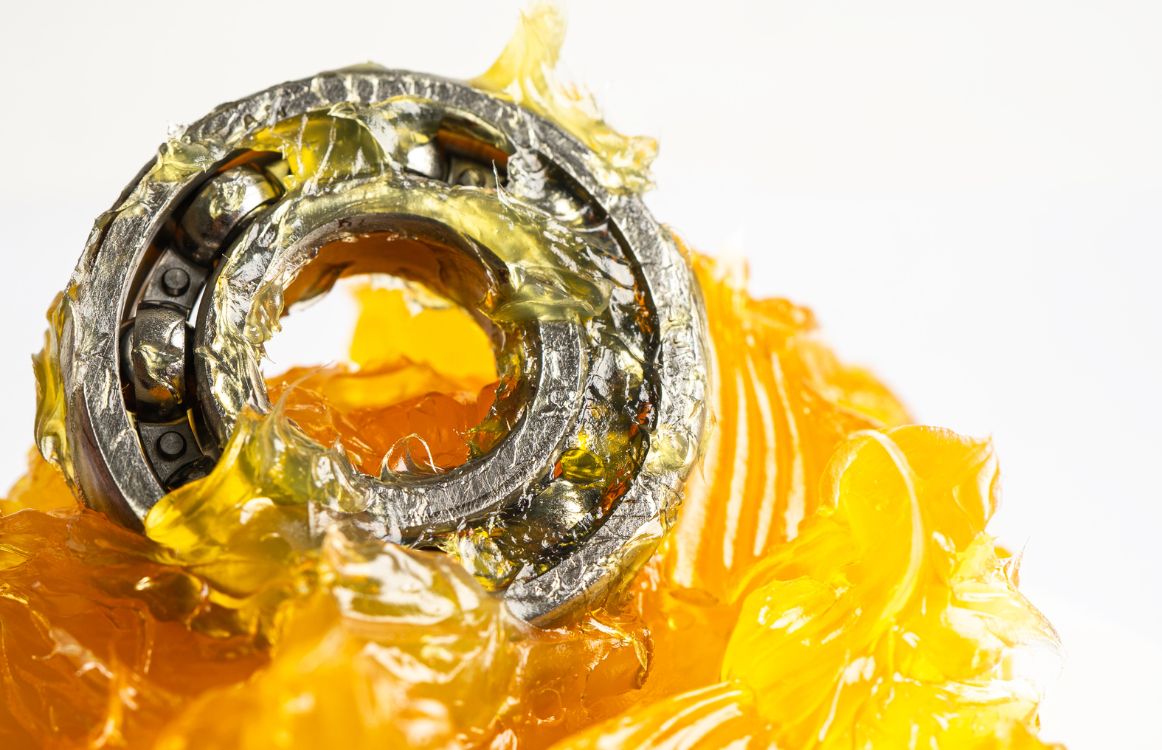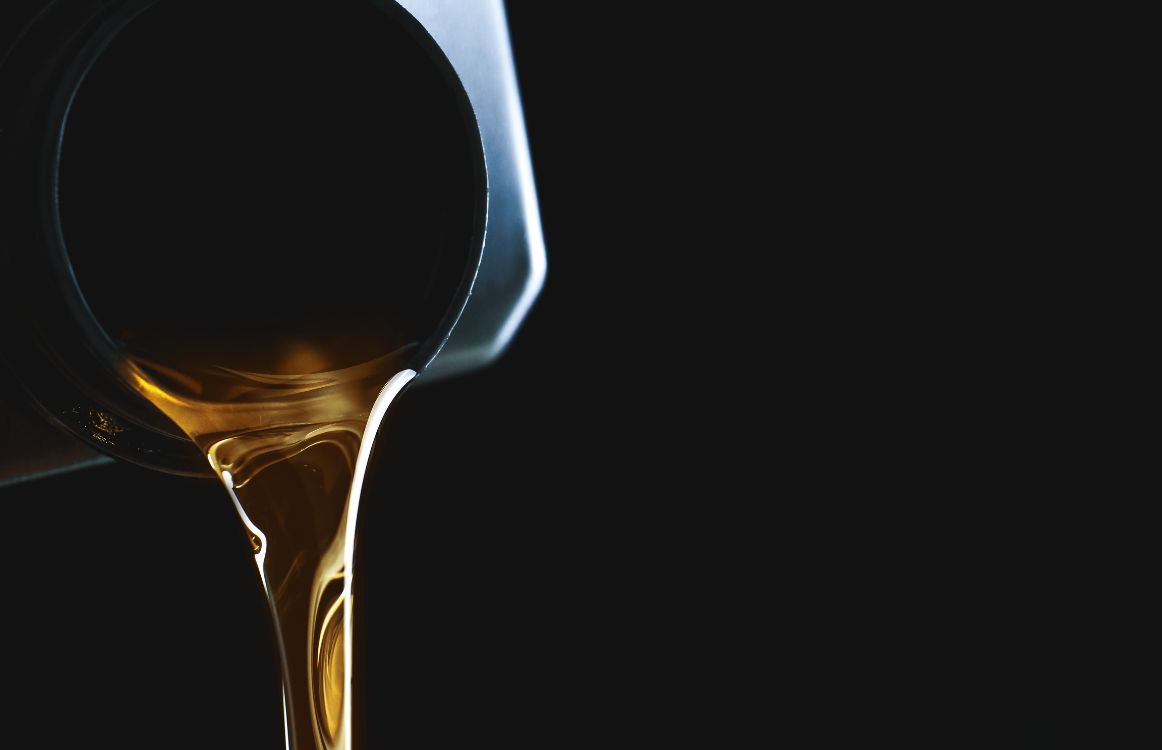Lube Oil Particle Count Analyzer

Why Is Particle Count Important?
It is a good question. Often, we think that it is only a problem if we can see it. However, when it comes to issues like sanitized air or spaces or clean liquids, a tremendous amount of damage can be done by tiny elements we cannot see. We call those tiny elements particles.
How Do You Test Particle Count?
To test particles in air, water, or solids, machines are often designed with laser light technology to monitor contaminants in any of these mediums. Some are upright machines that regularly scan the air. Others are devices which take in fluid to identify the existence of particles. Still others can scan solids, like rocks or other minerals, to detect foreign substances.
From those machines then, you can input information into a software application that will accurately distinguish foreign particles, count those particles for you, and even identify what those particles are. It all depends on your need and the capability of the individual application.
Why Is Particle Count Important?
Particle count is important across industries. Aerosol particle counters will ensure a completely sanitized room for the production of pharmaceuticals and other medical products and devices. A solid particle counter is useful at construction and mining sites for sizing particles. A liquid particle counter will determine the quality of the liquid.
What Is a Particle Count Test for Lube Oil Analysis?
Hydraulic fluid and lubricant oil are just two examples of where a liquid particle counter can come in handy. Hydraulic fluid is critical to the success of hydraulic machinery, which is used at myriad locations across the world. Rides at amusement parks, construction equipment, elevators, machines that assist disabled people, and even printing presses are all examples of hydraulic equipment. Even airplanes use hydraulic systems. Failure of any of these systems could mean the breakdown of production and even fatalities on a mass scale.
Lubricant oil is almost as important as hydraulic fluid as it ensures the smooth processes of machinery, keeping the parts inside a mechanical device from grinding and coming to a full stop. Any machine that uses rotating or moving parts requires lubricant oil.
Thus, you can see why high-quality hydraulic fluid and lubricant oil are essential to the continued functioning of virtually all machinery across the globe. If these fluids or oils have small particles in them that could corrode or damage the internal mechanisms of the machines through which they run, the results could be catastrophic on a financial and humanitarian scale.
Sadly, once a fluid or an oil is in play, it is almost impossible to catch abnormalities before they cause damage. For this reason, it is important to test the fluid or oil before they can be sold at market.
How Do You Test the Quality of Lubricant Oil?

To test the quality of your hydraulic fluid or lubricant oil, you can work with a liquid particle counter to pick up the images of what is in your fluid or oil. From there, you enter those images into a software system that can recognize either the existence of particles or what those particles are, or both. It will count the number of particles in the liquid and give you a report that meets your specific requirements.
Oculyze Offers an Image Recognition Software that Can Help
Oculyze has developed a generic particle counter that can cover multiple applications. This is especially true for applications where foreign objects which should not be counted are not expected, which includes, of course, the detection of metal particles in oil. If a specific detection is needed, the system can always be expanded and combined with a classification to differentiate what is being counted.
You can test the Oculyze particle counter here, keeping in mind that the recognition provided is solely for demonstration purposes and may not accurately represent the performance of our product. Our customers receive customized recognitions tailored to their specific needs, which ensures high levels of accuracy.
Also, there is no need to start from scratch if you have a solution that works already. Our customized image recognition software can be fully integrated into your existing software due to the open nature of our API.
Summing It All Up
To offer the best quality hydraulic liquid or lubricant oil to your client base, you want to be sure you have done as much due diligence as technologically possible to ensure that quality. A top of the line, innovative particle counter combined with cutting edge software like that provided by Oculyze will help you make that assurance.
We are at our best when we work together.
Let us put our technology to work for you.
Cheers!
Find out more about our technology on our IAP page and if you also need a solution to save work hours and improve the accuracy of your results, contact us and we’ll be happy to find out the details of your specific needs and find a solution to attend to them.


